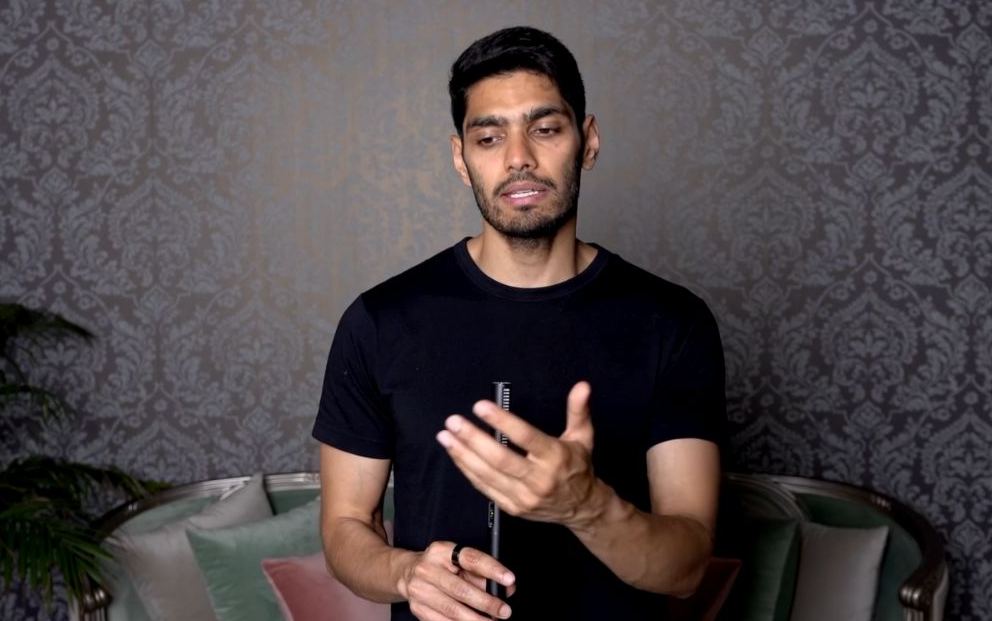A defamation case has been initiated by ANI Media Private Limited against content creator Mohak Mangal in the Delhi High Court over allegations made in his widely viewed YouTube video titled “Dear ANI,” which has garnered more than 5.5 million views. The legal complaint also targets comedian Kunal Kamra, AltNews co-founder Mohammed Zubair, and unidentified individuals for allegedly sharing the contentious video on social media platform X (formerly Twitter).
According to ANI’s lawsuit, Mangal accused the news agency of misusing copyright enforcement to intimidate creators, calling its actions akin to blackmail and extortion. The video also reportedly urges viewers to unsubscribe from ANI services. ANI further claimed that Mangal misrepresented their correspondence and employed artificial intelligence tools to fabricate content in a manner meant to defame the organisation and its employees.
The lawsuit describes the video as a deliberate and malicious campaign to tarnish ANI’s image and reputation. The agency contends that even the video thumbnail features its registered trademarks without permission, amplifying the defamatory impact across various platforms. ANI maintains that this has led to public backlash, including derogatory comments and abusive messages from online users, which has adversely affected its credibility and business.
In the plea, ANI is seeking a court order to have the video taken down and to bar Mangal from using any of ANI’s registered trademarks in any form. The suit also demands that Mangal, Kamra, Zubair, and others be restrained from spreading further allegedly defamatory or misleading statements against ANI.
How did the Controversy Escalate?
The controversy escalated when Mangal, responding to ANI’s copyright claims, alleged that he was threatened with the deletion of his channel unless he paid a hefty sum. According to him, ANI demanded INR 48 lakh plus GST to withdraw two copyright strikes placed on his videos, which featured short clips of ANI’s content. Under YouTube’s policy, three copyright strikes can result in a channel being terminated.
Other content creators have echoed Mangal’s experience. A YouTuber using the alias “Thugesh” reported receiving a strike for a mere two-second ANI clip and being asked to pay INR 15 lakh. Another unnamed creator, referred to as Sumit in media reports, allegedly paid between INR 15-20 lakh after multiple strikes from ANI, which were subsequently removed. He was then granted a one-year license to access ANI’s news content.
This situation has sparked widespread criticism online, with many creators labeling ANI’s actions as exploitative. Member of Parliament Saket Gokhale voiced his concerns on X, describing the use of copyright enforcement in such cases as a form of “quasi-private censorship” enabled by state favoritism toward certain news agencies.
Legally, the debate revolves around the interpretation of “fair dealing” under Indian copyright law. Section 52 of the Copyright Act, 1957 permits limited usage of copyrighted material for purposes such as criticism, review, and education. Unlike the U.S. “fair use” model, which relies on a four-factor analysis, Indian law is less specific and often left to judicial discretion based on the circumstances of each case.
The Situation Led to Several Problems
YouTube’s automated Content ID system, which flags copyrighted material in uploaded videos, often lacks the nuance to assess India’s fair dealing provisions. This has led to several conflicts, especially for Indian creators engaging in critique or commentary.
Past cases illustrate the complexity of the issue. In 2021, Newslaundry’s YouTube channel faced copyright notices from TV Today Network for videos that included Aaj Tak clips with satirical commentary. While the media group sued for damages, the Delhi High Court refused to issue an interim order to remove the videos, stating that such commentary could be protected under free speech and that fair dealing would be assessed at trial.
Similarly, in 2023, public broadcaster Prasar Bharati sent copyright claims to journalist Abhisar Sharma over videos that included footage from parliamentary proceedings. Though these claims did not result in strikes, they did divert monetisation revenue. This move was heavily criticised as an attempt at censorship, with critics arguing that parliamentary content should be public domain. Prasar Bharati later clarified that the takedowns were unintentional and possibly automated.
Another legal dispute involving ANI surfaced when several Indian media outlets, including ANI, filed a case against OpenAI. They alleged that their reports were scraped and used without authorization to train language models, resulting in alleged copyright infringement and the generation of misleading outputs by AI tools like ChatGPT. OpenAI has since ceased using ANI’s content and placed it on a “do not train” list while the matter is under judicial review.
The broader legal context in India was shaped significantly by the 1996 Civic Chandran vs Ammini Amma case. Here, the Kerala High Court upheld the right to use parts of a copyrighted work for critique, ruling in favor of a playwright who had used segments of an earlier play to comment on its ideological content. This landmark judgment has been cited to support the notion that critical or transformative content can fall under fair dealing.
With the digital ecosystem encouraging remix culture, commentary, and critical analysis, this ongoing legal battle is likely to test the boundaries of Indian copyright law and shape the rights of online creators for years to come.


